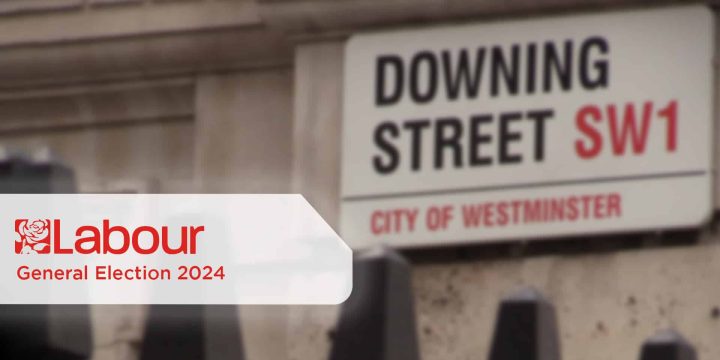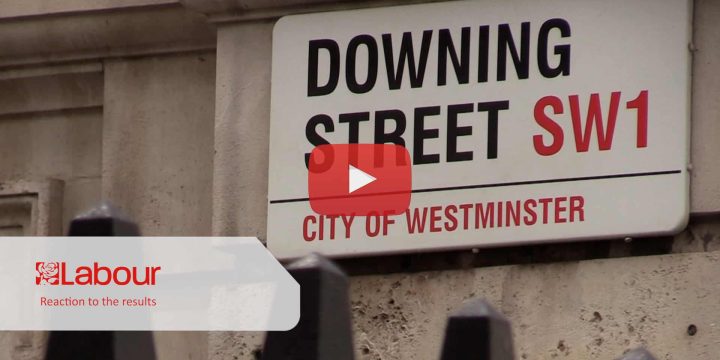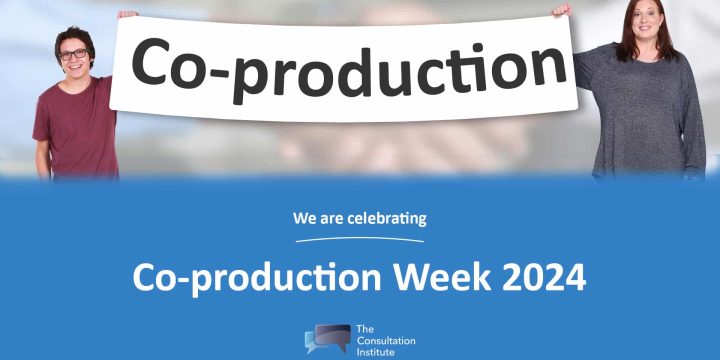News & Insights
Challenge to change of control of GP services fails in court- but will Pam Smith be happy?
The NHS is one of the bodies that appears most frequently in court. A combination of complicated and lengthy processes, an intriguing mix of expert and lay knowledge, and a fiercely loyal population mean that changes tend to be subject to intense scrutiny, and often no small amount of campaigning. The latest health body to come under this scrutiny is the North Central London CCG, in a perfect example of the degree of scrutiny, and the burning loyalty that locals can often hold for their facilities.
The question that arose was, on the face of it, a simple one. Did the CCG need to consult before authorising a change in the holding company behind a business commissioned to provide primary care services in north central London? The claimant (Ms Khurana) was a patient at one of the GP practices at which AT Medics Ltd provided their services and argued that the CCG had misdirected itself and excluded relevant information, that they failed to assess the financial stability of the holding company, and that they failed to consult or involve patients and other stakeholders.
We’ll be focussing on the last one of those claims. The services being provided by AT Medics Ltd were provided under the Alternative Provider Medical Services (APMS) contract framework, a standardised contract, which can (and in this case, did) include a clause relating to the changes of control. The clause requires any proposed change of control to be authorised by the Commissioner, in this case a committee of the CCG’s Governing Body, the Primary Care Commissioning Committee. This PCCC is comprised of a mixture of professional and lay people, and includes stakeholder representatives as non-voting attendees of its public meetings.
The consultation challenge engaged three separate issues. The first of these was whether the CCG had unlawfully departed from the statutory guidance. The relevant statutory duty can be found in s. 14Z2 of the NHS Act 2006. Curiously, the Claimants specifically invited the Court not to conclude that the statutory duty applied, instead arguing that there had been a breach of the statutory guidance which states that where the statutory duty does not bite, CCGs “should still consider and make a judgment about whether some form of public involvement, or staff/stakeholder engagement, would be beneficial. This is particularly important where there is likely to be significant public interest, where a promise to consult has been made, or a precedent to do so has been set…’
The argument was essentially that contemporaneous documents showed that once the CCG had decided that there was no change in service provision as might trigger s. 14Z2, they had then failed to consider whether they should engage anyway on the basis of the public interest. On this, the Court agreed. This led neatly into the second issue- whether any duty to consult or involve arose from either policy or common law.
“Policy or common law” was deemed to be a reference to the statutory guidance. The claimant argument amounted to an assertion that if the CCG had considered the guidance, it could only have reached a conclusion that further involvement or engagement was required. As an alternative, if the court found that no statutory duty arose in this fashion, there was a common law duty to consult or involve, derived from such cases as Moseley as well as the CCG’s Patient and Public Engagement Strategy which emphasised the role of patients in decision-making.
The defendant however argued that there was no duty to undertake a full consultation, as this would have been disproportionate given that the decision would have no impact on service provision. Were there a duty to involve the public in the decision, it could only be a limited one that had been appropriately discharged by the PCCC. The Judge agreed. Citing the Dawson case, she highlighted that “the level of involvement should be matched to the circumstances and context in which it is to be used”, which leant credence to the argument of the Defendant that to hold here that there was a duty of full consultation would be disproportionate. For the sake of argument, the court accepted the proposition that public interest required the CCG to ensure an appropriate level of involvement or engagement (as stated in the statutory guidance).
The final question then became, had any duty such as this been complied with by the CCG? The meeting at which the PCCC had considered the proposed change had been held in private due to technical issues that had arisen with streaming it to the public, although there was opportunity for members of the public to submit questions beforehand, and they would still be able to watch a recording of the meeting afterwards. The Claimant argued that the information provided before the meeting was too limited to allow meaningful comment, that the presence of the lay and stakeholder members of the PCCC panel was not an adequate substitute for consultation or engagement. As the meeting was held in private, they also claimed that there was inadequate opportunity for involvement in the meeting.
The Court however, found for the Defendant. Any duty that did exist had been discharged as the CCG had made arrangements to secure involvement as part of the PCCC’s decision-making process, which brought in both voting lay-people, and stakeholder representatives. They had also gone beyond this by publishing for the general public documentation on the processes and dates of meetings, as well as the details of the proposals. This, along with the fact that questions could be submitted, was deemed to allow meaningful involvement proportionate to the nature of the decision being taken.
The fourth finding will be of interest to any who have moved to digital methods- that the inability of members of the public to observe the PCCC meeting live did not lead to such real unfairness that the CCG had breached their duty. This was however a very context sensitive decision. They escaped an adverse finding because they had secured public participation as part of the framework and the totality of the findings made were in their favour. A lesson for digital consultors- if you’re going to consult digitally, make sure you’re still doing everything by the books. Technical issues can be unpredictable, and you don’t want to risk a negative finding because something went wrong on the day.
Those of you who have been with us a long time may be hearing echoes from history with this case. The most prominent of the NHS commissioning cases we’ve seen is our old favourite Smith v North Eastern Derbyshire Primary Care Trust from 2006, not long after the introduction of the APMS contracts to primary services. In that case (which was settled under the previous legislation, the Health and Social Care Act 2001), it was found that the commissioning body (a Primary Care Trust) had breached the duty to involve when awarding a new contract for services (though the claim overall was dismissed).
There are distinctions between the two cases, most of which come back to the nature of the decision. In the Smith case, the decision being made was a decision on commissioning, whereas in Khurana it was in essence a technical decision which would not affect commissioned services. The judge in Smith specifically identified this (s.11 being the equivalent provision of the old legislation):
“However, there is, I think, force in the submission of Mr Herber that the purpose behind s.11 is to ensure that patients’ views are obtained where decisions may make a material change to the services being or to be provided or may materially affect patients.”– Para 18
There is however an interesting passage in Smith which might indicate a change in attitudes in the digital age when compared to the more recent case:
“It was suggested, albeit somewhat tentatively, that in any event the duty under s.11 had been complied with because the necessary arrangements had been put in place. The existence of the PPG and the meeting of 8 November coupled with Mr Pollard’s presence on the interview panel had achieved what s.11 required. Making arrangements with a view to securing is not the same as securing. The difficulty with that submission is that because the PCT believed that s.11 did not apply it did not make any arrangements in accordance with s.11 in relation to the new contract for services at Langwith and Creswell. In any event, the meeting of 8 November was subject to confidentiality and so could hardly qualify as public involvement or consultation.”– Para 23
This approach, particularly the highlighted section, might on the face of it be seen to contrast with the line taken in Khurana, where arrangements had been made as part of the PCCC process, but the strictures of covid and technical issues meant that the usual pre-covid process by which the public could attend PCCC meetings and ask questions at the discretion of the chair was suspended and only pre-submitted questions (of which there were none) could be asked at a private meeting. Did this constitute not only making arrangements with a view to securing, but actually securing?
The distinction here would seem to be the degree of involvement that the public had as a default part of the process. In Khurana, lay individuals were involved at all relevant stages, and stakeholders were specifically represented at the relevant decision-making meeting, even on what was in actuality a relatively minor matter. In Smith, the involvement was much more limited, and on a decision which would have had a significantly greater impact on service provision. As always- proportionality is important.
For those in NHS commissioning, Khurana v North Central London provides an excellent analysis of the requirements of the law and the extent of the involvement duty that needs to be applied to decisions not likely to significantly affect the provision of services. It’s also a reminder of the importance of acting proportionately to the decision being made. Outside of healthcare, it might also be of some interest to those working with digital consultations for its consideration of technical issues and how these might be interpreted by the courts.



